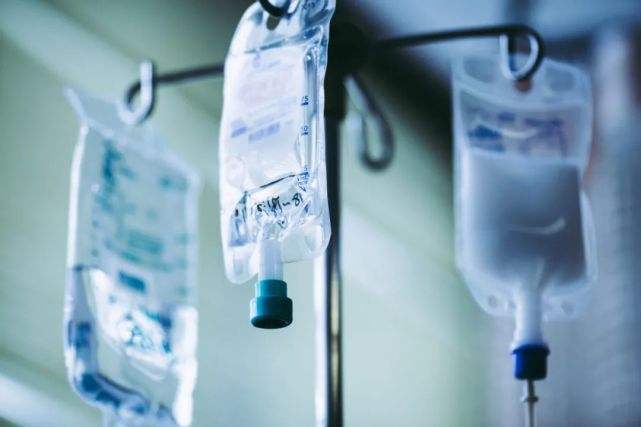
Recently, Mrs. Zhang, the first patient in Hunan Province to receive CAR-T (Relma-cel injection), came to Hunan cancer hospital for PET-CT. The curative effect evaluation reached complete remission, and then only regular review and monitoring were needed.
On November 29, 2021, the Hematology Department of lymphoma of Hunan cancer hospital issued the first prescription of Relma-cel in Hunan Province and began the treatment of the first case of car-t cell product in Hunan for patients with recurrent / refractory diffuse large B-cell lymphoma. Mrs. Zhang, 72, who received the treatment, was diagnosed with diffuse large B-cell lymphoma in July 2021. After four cycles of standard immunochemotherapy, the disease progressed, and then switched to second-line rescue treatment. Considering Zhang’s age, multiple extranodal lesions, double expression, primary drug resistance, and a variety of basic diseases, the medical team had poor tolerance to chemoradiotherapy and poor curative effect, The prognosis will be very poor. Therefore, after multidisciplinary joint consultation and discussion and consultation with the patient and his family members, car-t cell therapy was implemented for the patient. After more than one month of follow-up, Zhang had no serious toxic reaction.
It is reported that on February 23, 2022, the Department implemented the second case of car-t cell treatment in the province, and has isolated and collected leukocytes for a patient with recurrent refractory diffuse large B-cell lymphoma, Ms. Liu. Expert introduction: “Car-t cell therapy was launched in the United States in 2017, and two car-t cell therapies were approved to be launched in China in 2021. The latest follow-up data abroad show that car-t treatment for patients with recurrent refractory diffuse large B-cell lymphoma has an overall 5-year survival rate of 42.6%. For patients with primary refractory, primary drug resistance and TP53 mutation, early use of car-t cell therapy can avoid multi-line post-treatment guidance Caused by low immune function and inability to obtain effective T cells, so as to obtain better curative effect! “